Optimizing DTGOV's IT with AWS: A Comprehensive Cloud Computing Report
VerifiedAdded on 2022/11/11
|8
|1175
|497
Report
AI Summary
This report assesses the suitability of Amazon Web Services (AWS) for DTGOV, a public company requiring remote server administration, SLA management, and resource management. It compares Amazon EBS instances for storage, analyzes data determination, backup, and recovery, and examines AWS's dynamic IP addressing. The report ensures application operability after component restarts and discusses deploying application components across multiple availability zones, including data duplication and failover testing. It covers the use of Elastic Load Balancing and Elastic IP addresses, secure user account access, and the importance of removing sensitive information before sharing Amazon Machine Images. The report recommends signing up for AWS production accounts and incorporating AWS Trusted Advisor reports into ongoing operational reviews. It highlights the benefits of AWS RDS for simplifying relational database scalability, setup, and operation, detailing its features such as Multi-Availability Zone deployment, read replicas, and comprehensive monitoring through AWS Management Console and Amazon CloudWatch API. Finally, it emphasizes the importance of compliance and security policies through integration with AWS Config, ensuring enhanced database security and configuration management. The implementation of AWS would help DTGOV to fulfill the requirements. Desklib provides access to past papers and solved assignments for students.
1 out of 8


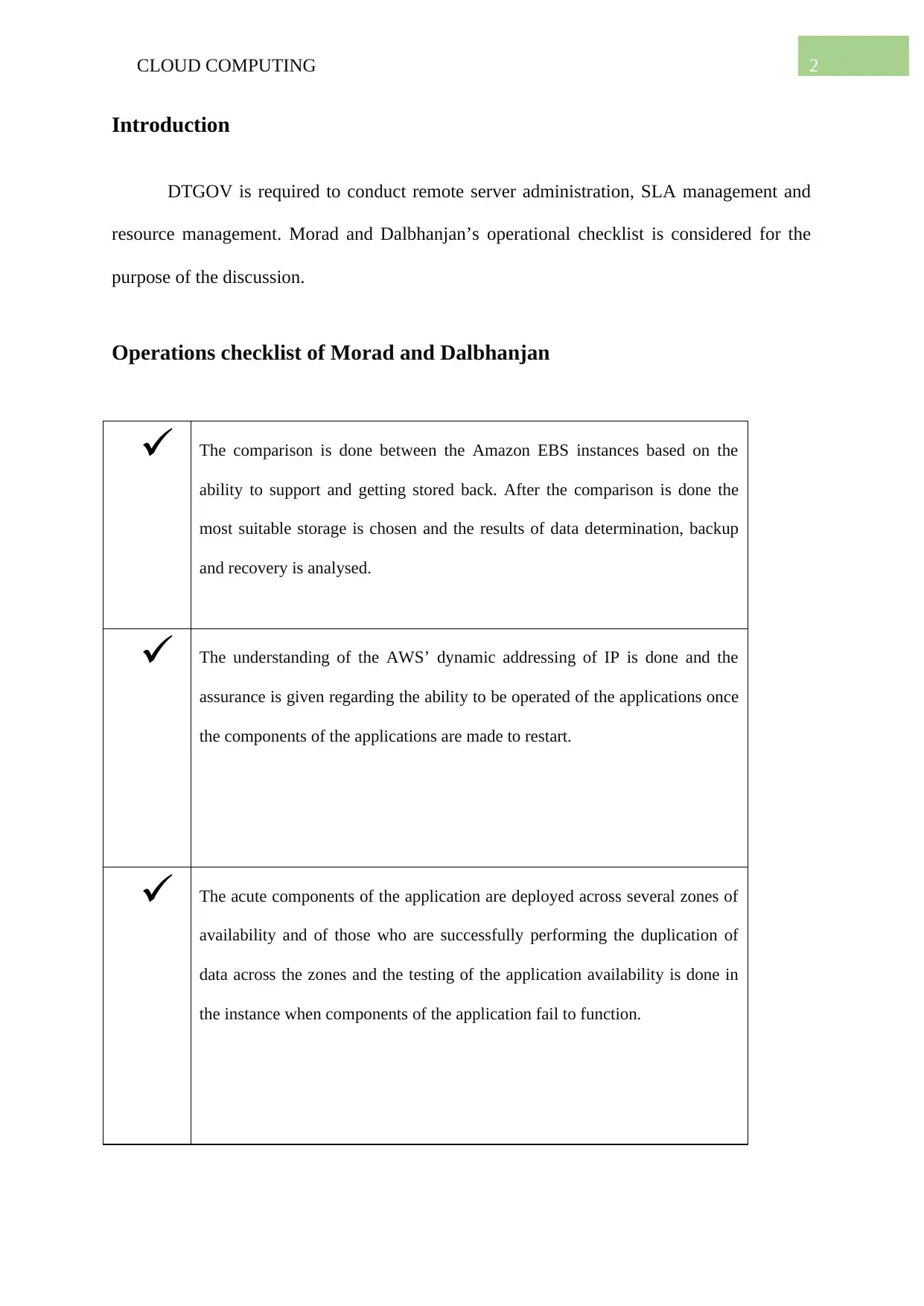

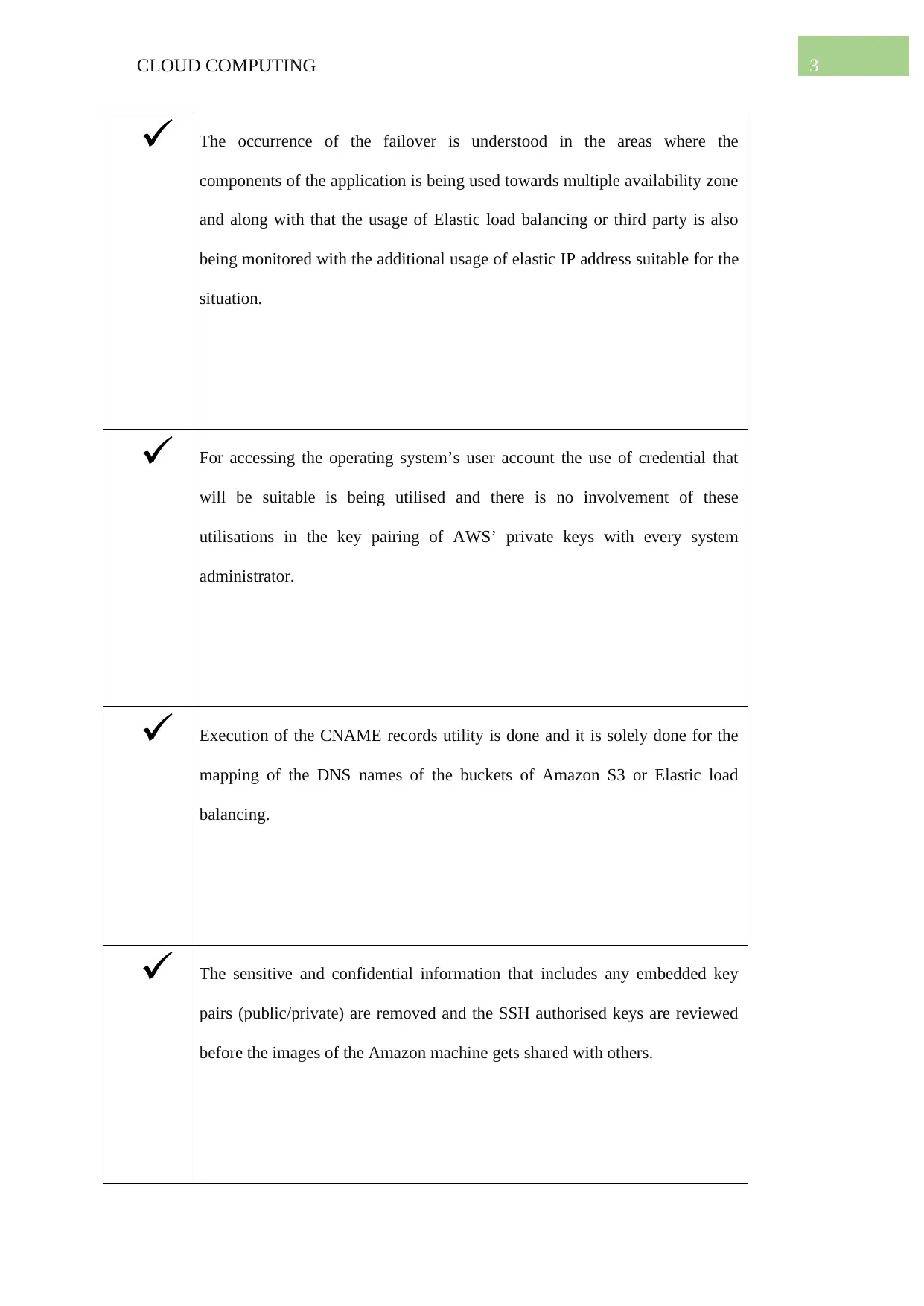
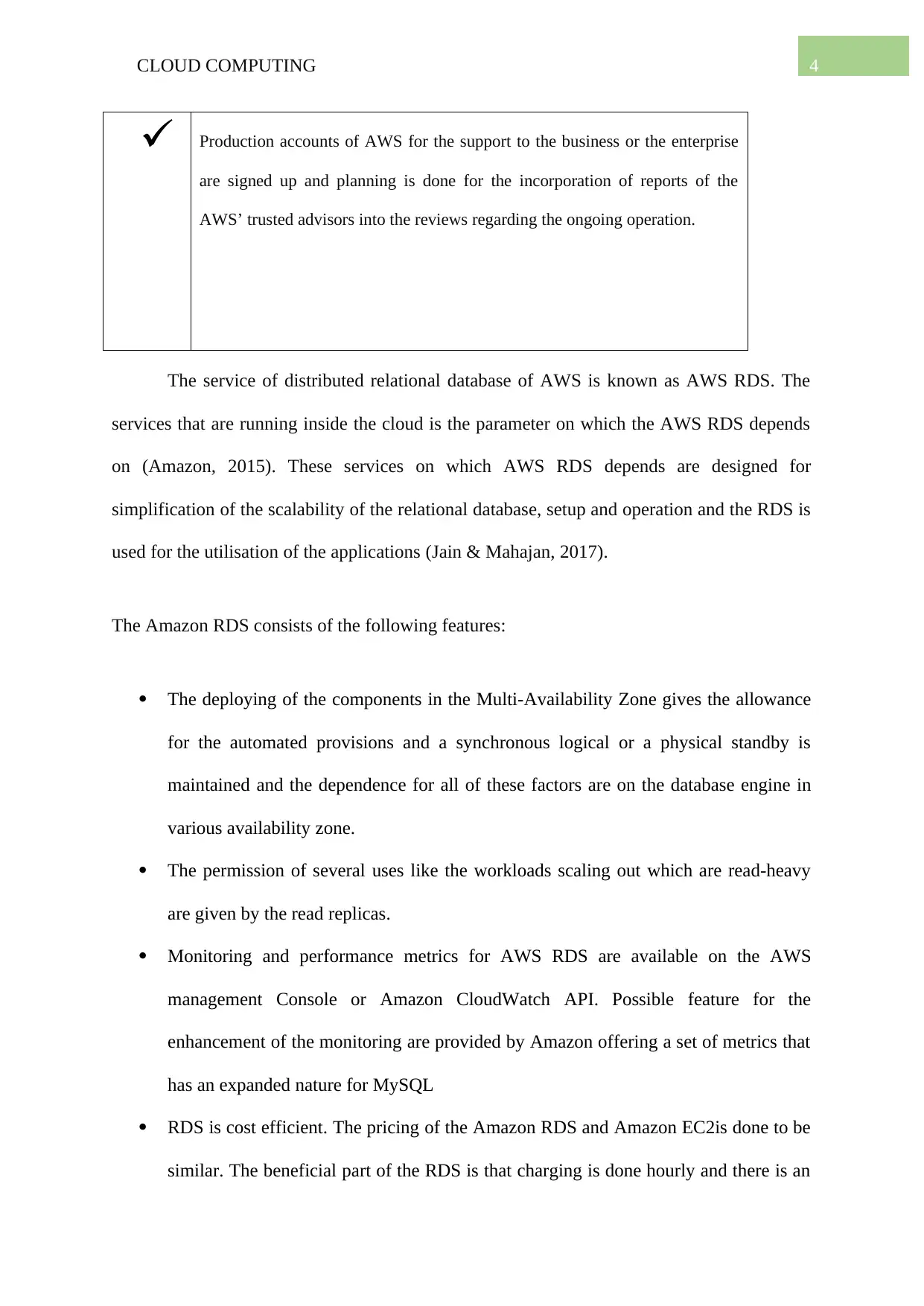
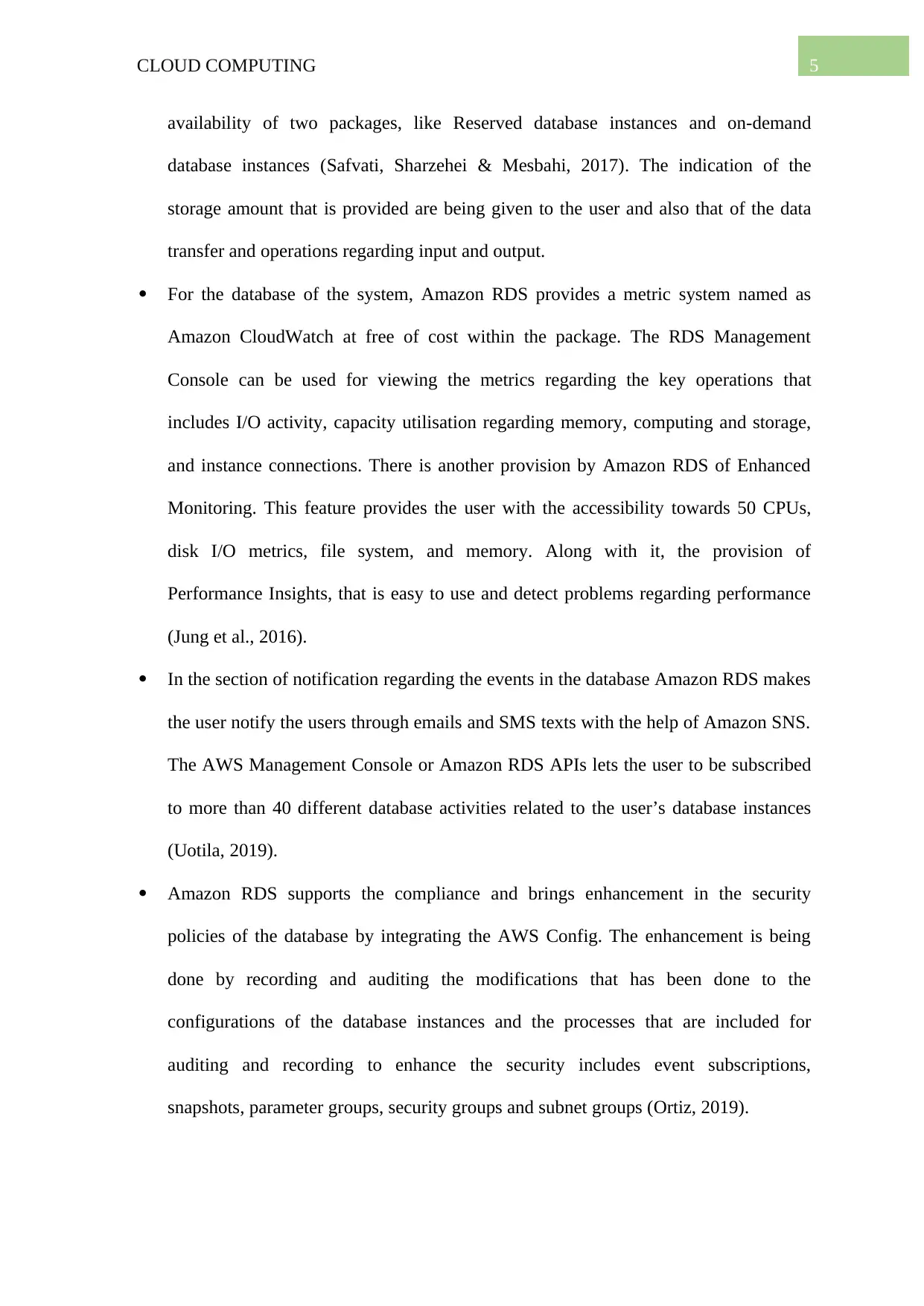

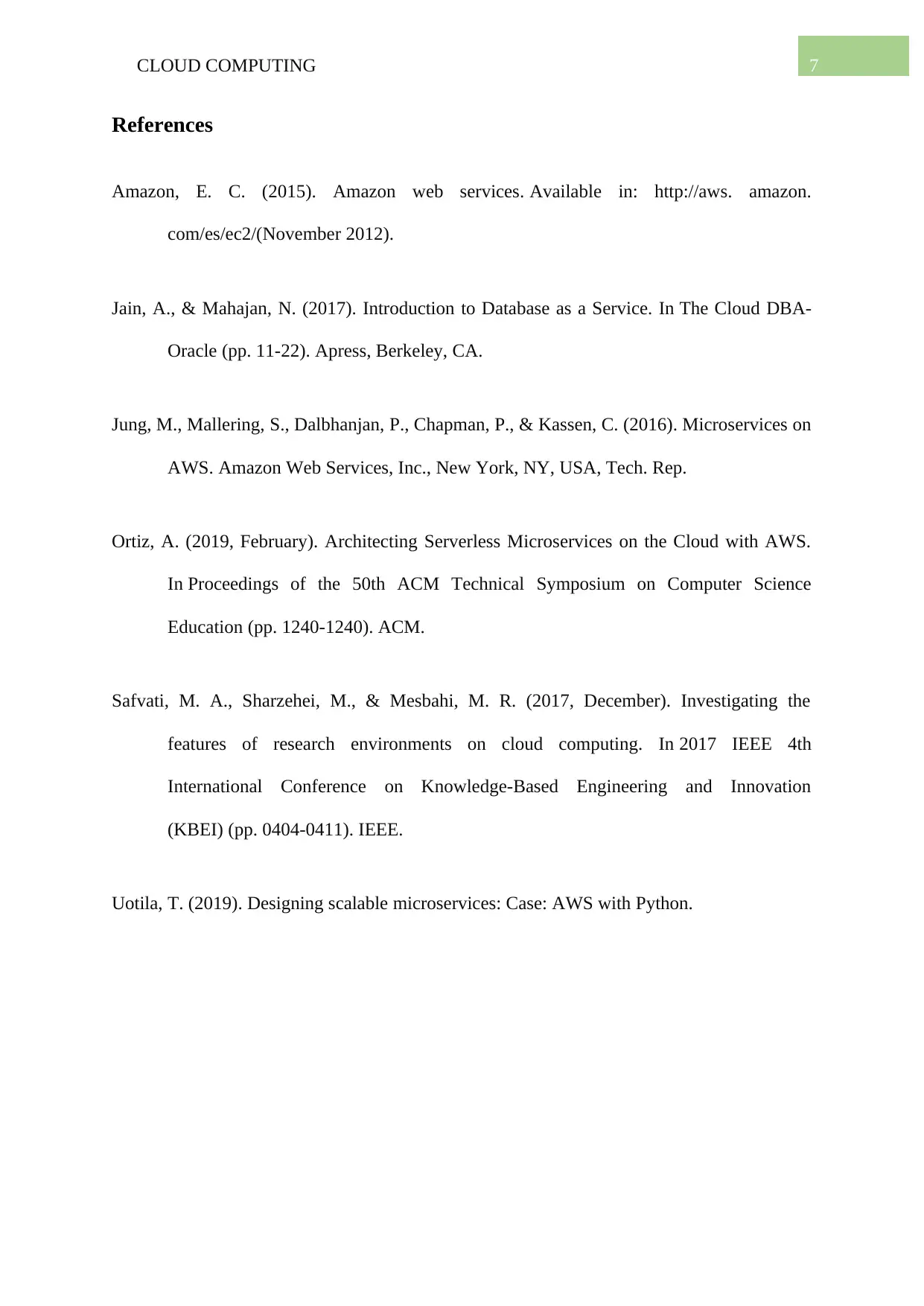






![[object Object]](/_next/static/media/star-bottom.7253800d.svg)